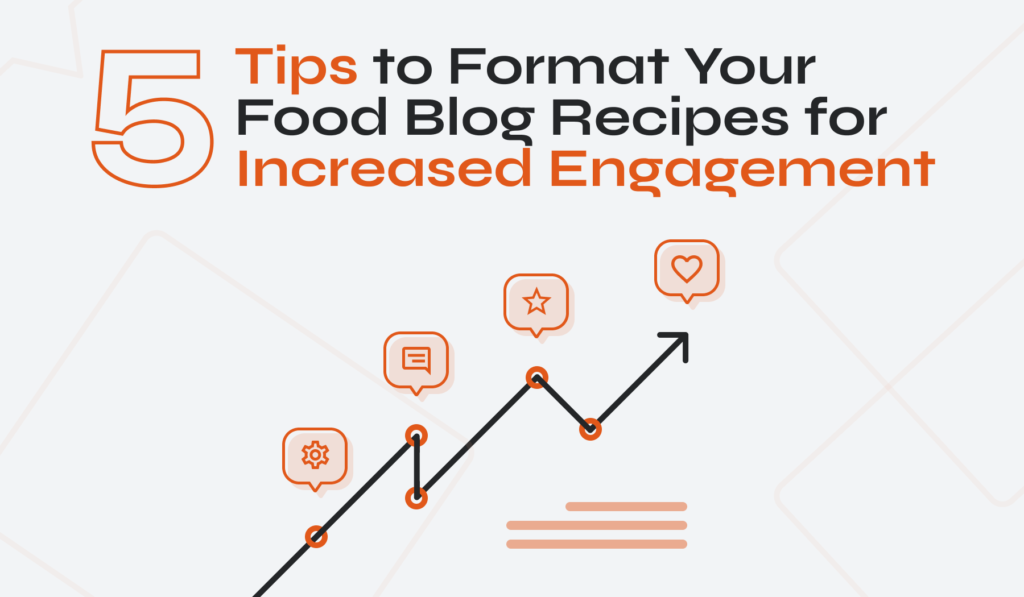
Are you looking to increase engagement with your blog’s recipes? Interacting with your readers can help you build a loyal following and grow your food blog. However, it can be challenging to convince your audience to view your recipes, let alone get in touch with you.
Fortunately, one simple way to encourage connection is by formatting your recipes in a trustworthy and welcoming style. Plus, optimizing your design can make readers more likely to find your recipe pages.
In this post, we’re going to share five formatting tips to increase engagement with the recipes on your food blog. Let’s get started!
How to Format a Recipe for Your Food Blog
1. Use a Recipe Card Plugin
A recipe card plugin simplifies the process of adding recipes to your blog and can help users find your content more easily. It allows you to present information such as ingredient lists and serving sizes. That way, users can quickly find what they’re looking for. This can help improve the user experience and increase your chances of engagement.
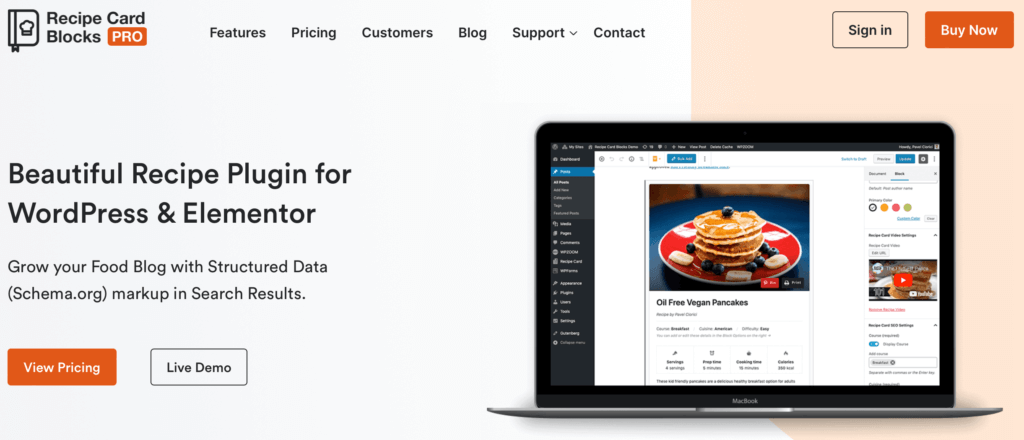
Our Recipe Card Blocks plugin enables you to create slick, modern recipe cards that integrate seamlessly with popular themes like Foodica and Gourmand. It also comes with schema markup, which allows search engines and social networks to display snapshots of your recipes to users.
It even includes a built-in engagement feature, which allows users to rate your recipes. Plus, the plugin makes adding captivating call-to-actions a breeze.
2. Provide a Clear Structure for Your Recipes
If you overwhelm readers with an overly-complicated blog recipe, you might put them off. Therefore, it’s best to design recipes with a clear structure in mind.
You might aim to keep things as simple as possible, with recipes consisting of two clear parts. The first half might provide key details of the recipe, while the second may dive into the detailed instructions.
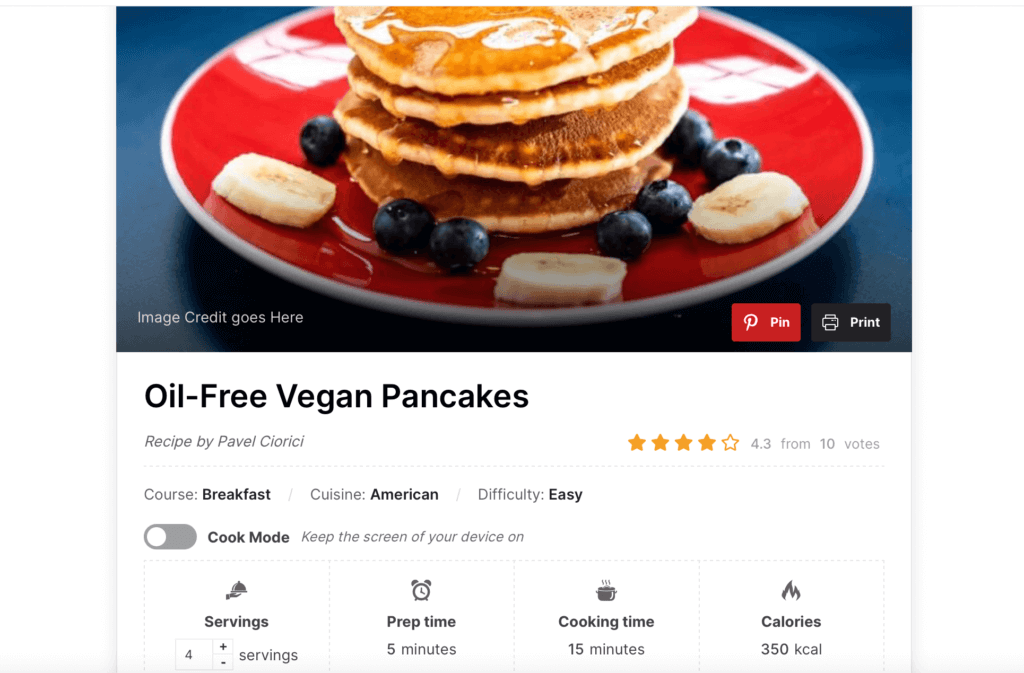
It’s usually best to streamline your instructions with concise language, numbered steps, headings, and relevant images. It can also be a good idea to emphasize parts of the text to help readers quickly scan content for important details. For instance, you can make specifics stand out when you use bold or italics.
Visually enhancing your blog recipe enhances readability which is great for engagement purposes. It can also improve Search Engine Optimization (SEO), which might result in your recipe getting featured in a search snippet. For extra points, consider using a ‘Jump to Recipe’ button.
3. Add a Personal Touch
Another common cause of low engagement levels is unoriginal content. One way to fix this is by building a strong, unique identity, and distinguishing your blog from its competitors. Creating a stable brand can build trust with your readers because it gives them a better sense of who you are.
This can make them more likely to engage with your blog recipes. Part of branding involves being consistent with your brand’s style. Important branding elements might include fonts, color schemes, and a logo. However, you can also go beyond that. You might consider adding signature touches to your blog recipes so that readers know what to expect when they visit your site.
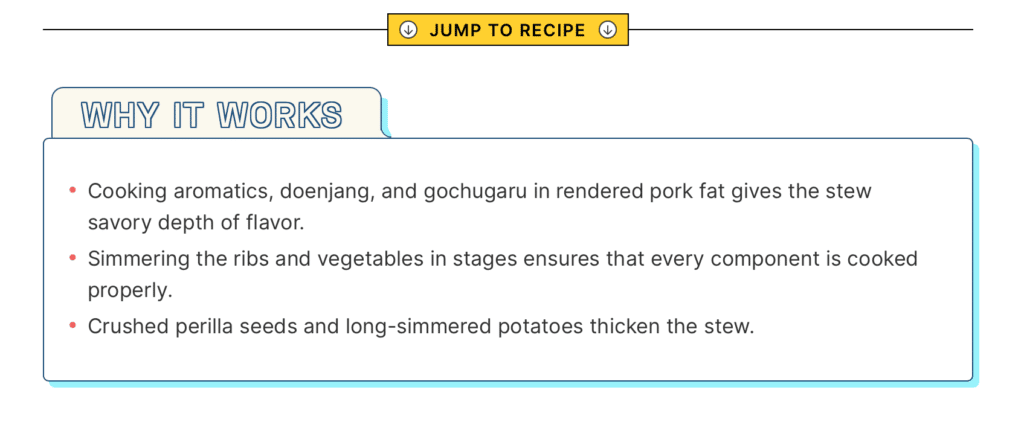
In the example above, a ‘Why it Works’ section is consistent across each recipe, allowing the author to go into more detail about why they made the decisions they did. This is a great way to improve readability, but it also functions as a signature element, unique to this blog.
Furthermore, it provides the reader with extra content to engage with in the comments. Once readers grow familiar with your brand, voice, and structure, they can become more comfortable engaging with your material.
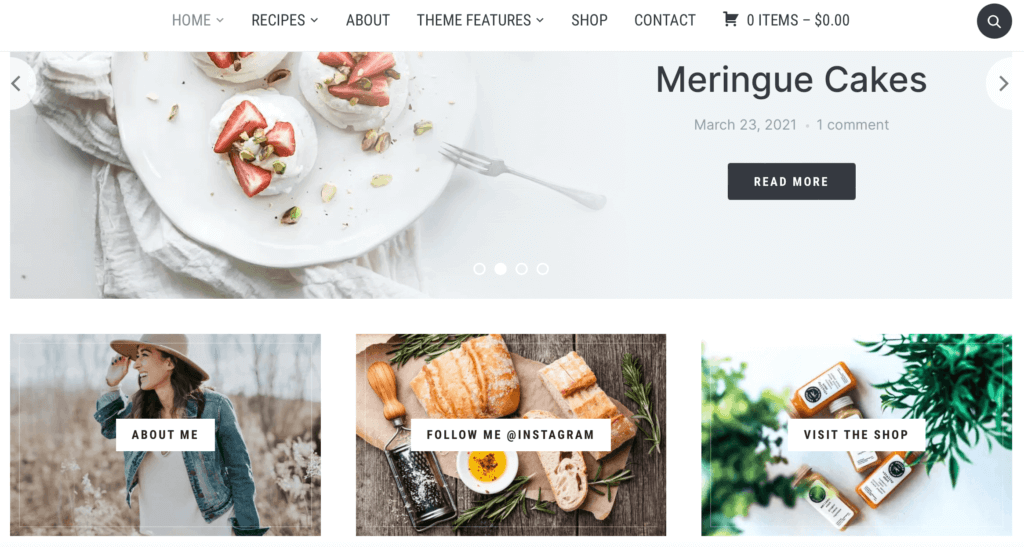
Utilizing a quality theme can offer another way to strengthen your branding. WPZOOM provides stylish, lightweight WordPress food blog themes, helping you create custom designs for your recipes. Moreover, all the themes are highly user-friendly, which can further support reader engagement.
4. Include High-Quality Visuals
Earlier, we touched on supplementing your step-by-step instructions with images to improve readability. That’s because adding visuals to your recipes is great for the user experience.
Additionally, it creates more possibilities for image SEO which can help users find your blog in search results. Furthermore, images can generate easy opportunities for your recipes to be discovered through other social channels like Pinterest.
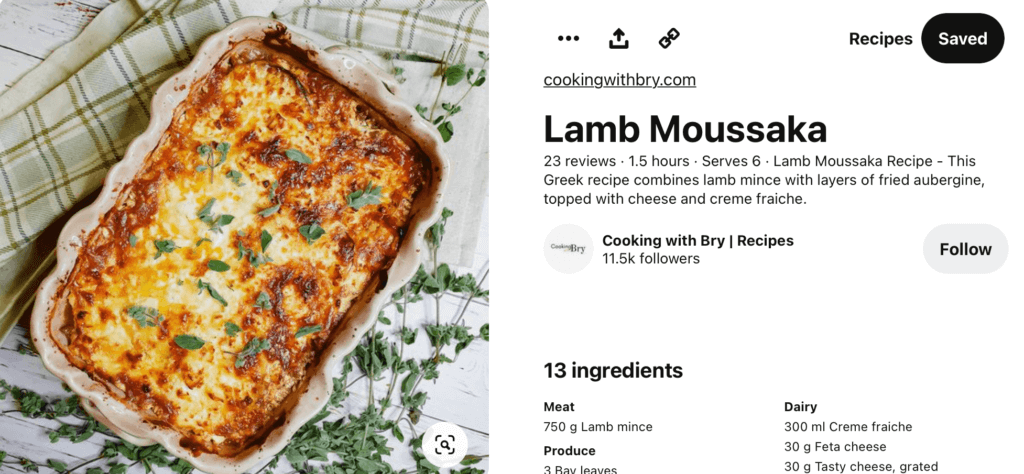
This type of social sharing network is great for engagement as it relies on users viewing and interacting with your content. This has the added bonus of helping you expand your audience.
Additionally, high-quality images can encourage users to read your recipe after seeing it displayed in image search results. There’s probably no better way to persuade someone to check out your recipe than by showing them how good it looks.
5. Invite Readers to Participate
Inviting readers to participate in a conversation is perhaps the easiest way to initiate engagement. Quite often, readers are happy to interact with your site, but they might not know what to say. Therefore, it’s a good idea to ask specific questions and encourage responses in the comments section.
User Generated Content (UGC) is a great option for promoting engagement. UGC content is produced by your readers, such as reviews and testimonials. This can also signal credibility and build brand loyalty. Essentially, there’s no need to shy away from explicitly requesting readers to share, like, or leave reviews.
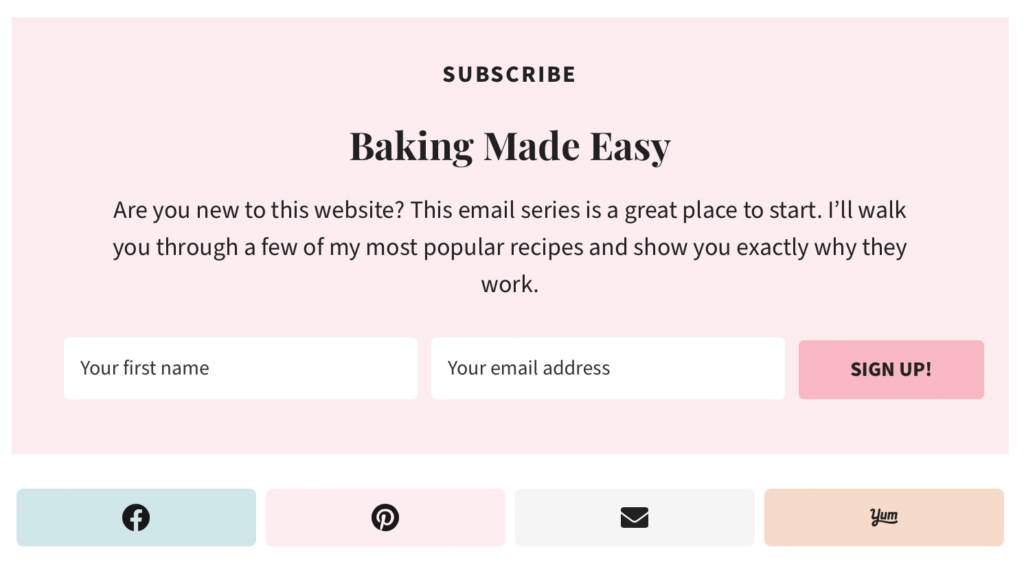
You’ll want to be clear and direct with your call-to-actions and consider using social icons at the bottom of your posts for easy access. Social Media Icons Widget makes linking your social profiles straightforward. This widget provides over 400 customizable and visually pleasing icons to suit your needs.
Conclusion
When you run a food blog, getting users to engage with your content can seem like an impossible task at first. Fortunately, an inviting, SEO-optimized recipe format can significantly increase interaction with readers.
To recap, here are five formatting tips to help you connect with your audience:
- Use a recipe card plugin, such as Recipe Card Blocks.
- Provide a clear structure for your recipes.
- Add a personal touch.
- Include visuals in your recipes.
- Invite readers to participate.
Do you have any questions about how to format your food blog recipes for increased engagement? Let us know in the comments section below!